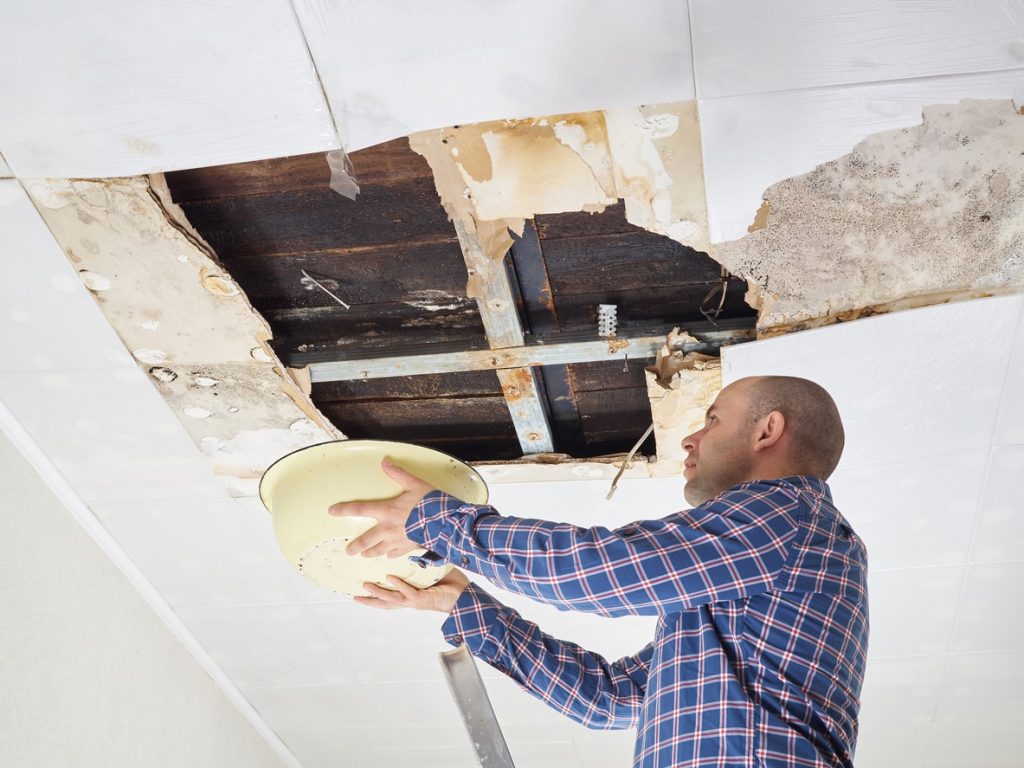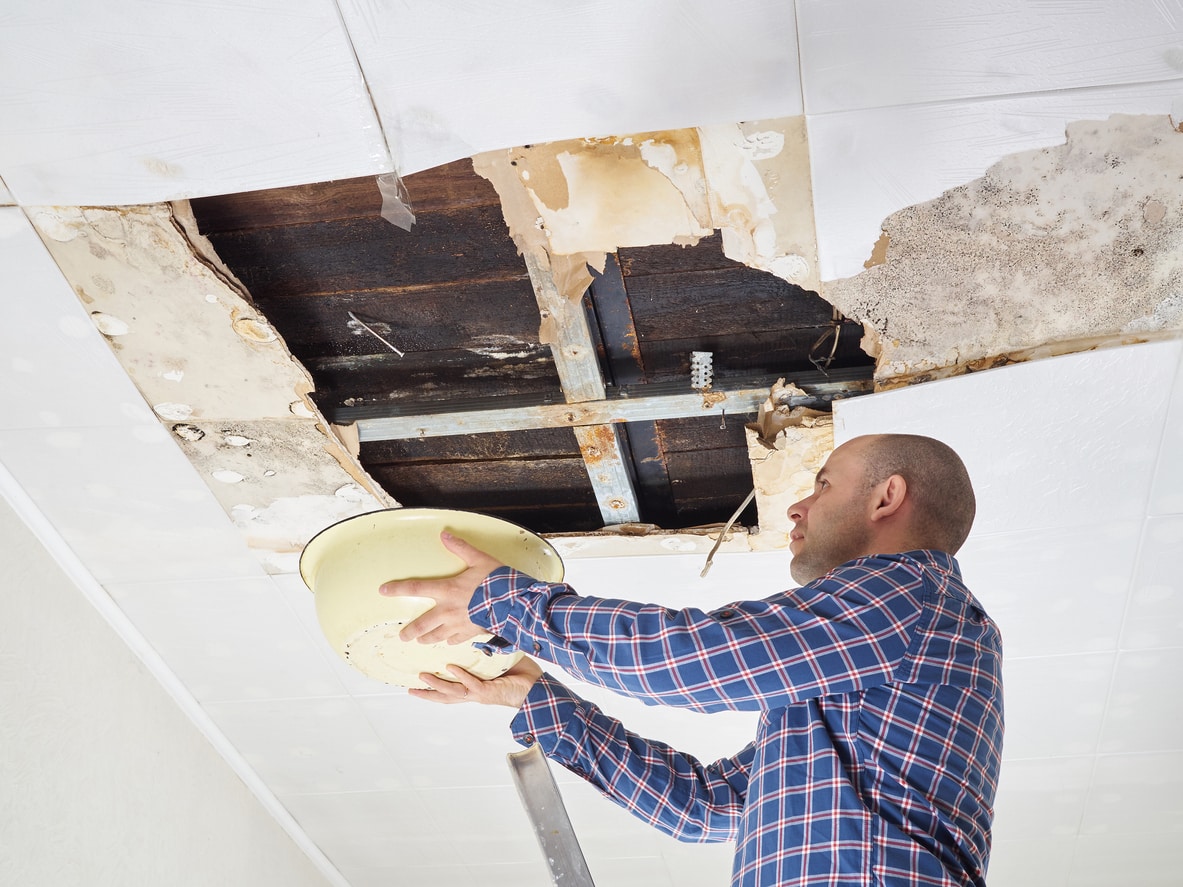Experiencing a ceiling collapse can be a homeowner’s nightmare, turning your safe haven into a chaotic scene. In this article, we’ll delve into the reasons behind “My Ceiling Collapsed,” the immediate steps to take, and a comprehensive guide to navigating the aftermath of this unexpected disaster.

My Ceiling Collapsed: Unraveling the Causes
Understanding the Triggers
Ceiling collapses can happen for various reasons, and identifying the cause is crucial for effective resolution.
- Water Damage: One of the leading causes is water damage, often resulting from leaks in the roof or plumbing issues. Over time, water weakens the structural integrity of the ceiling, leading to a collapse.
- Structural Issues: Aging homes may experience ceiling collapses due to structural problems. In some cases, inadequate construction materials or poor workmanship can contribute to this alarming event.
- Heavy Load: Excessive weight from items stored in the attic or on the ceiling itself can lead to a collapse. It’s essential to be mindful of the load-bearing capacity of your ceiling.
My Ceiling Collapsed: Immediate Actions to Take
Ensuring Safety First
- Evacuate Safely: If your ceiling has collapsed, prioritize safety. Evacuate the affected area immediately, especially if there is visible damage.
- Shut Off Utilities: Turn off gas, water, and electricity in the affected area to prevent further damage and reduce the risk of accidents.
- Assess Structural Integrity: Once safely outside, assess the structural integrity of your home. If there are concerns about stability, do not re-enter until a professional inspection is conducted.
Dealing with the Aftermath: My Ceiling Collapsed
Seeking Professional Help
- Contacting Emergency Services: Reach out to emergency services to report the incident and seek assistance. They can guide you on the next steps and ensure a safe environment.
- Structural Assessment: Hire a structural engineer to assess the extent of the damage and provide recommendations for repairs. This step is crucial for preventing future incidents.
- Documenting the Damage: Take photos and videos of the collapsed ceiling and any related damage. This documentation will be valuable for insurance claims and discussions with contractors.
Navigating Insurance Claims
- Contacting Your Insurance Provider: Notify your insurance company as soon as possible. Provide them with the necessary documentation and information about the incident.
- Understanding Coverage: Familiarize yourself with your insurance policy to understand what is covered. This knowledge will help you navigate the claims process more effectively.
- Securing Temporary Accommodation: If your home is uninhabitable, inquire about coverage for temporary accommodation. Many insurance policies include provisions for such situations.
Conclusion: Rebuilding After “My Ceiling Collapsed”
Experiencing a ceiling collapse is undoubtedly a stressful situation, but with the right steps, recovery is possible. By understanding the causes, taking immediate actions, and navigating the aftermath systematically, homeowners can rebuild and create a safer, more resilient living space.
In the aftermath of “My Ceiling Collapsed,” remember that professional assistance, proper documentation, and a proactive approach to insurance claims are essential elements in the journey toward recovery. While the experience may be daunting, it also presents an opportunity to fortify your home against future challenges and ensure a secure environment for you and your loved ones.
Read too: Unveiling the Essentials of Vaulted Ceiling Insulation Requirements: Elevate Your Space
